Quote

Leading Sustainable Beauty Brands in Biodegradable Cosmetic Packaging
Embrace sustainability in beauty with biodegradable cosmetic packaging materials such as bamboo, paper, PLA bioplastics, and compostable plant fibers. These eco-friendly packaging options reduce environmental impact, meet consumer demand for green products, and elevate your brand’s responsible image while ensuring product integrity and safety.
Biodegradable packaging materials for cosmetics include innovative solutions like bamboo containers, cardboard tubes, cornstarch-based bioplastics, glass and aluminum cases, and mushroom mycelium inserts. Their advantages range from rapid decomposition to recyclability and renewable sourcing, making them stand out in the push toward responsible, environmentally friendly beauty packaging.
Biodegradable Materials We Offer
We offer a curated selection of biodegradable and low-plastic materials that blend sustainability with beauty appeal. Each material has its own texture, performance characteristics, and storytelling value, giving cosmetic brands a rich palette of eco-friendly options.
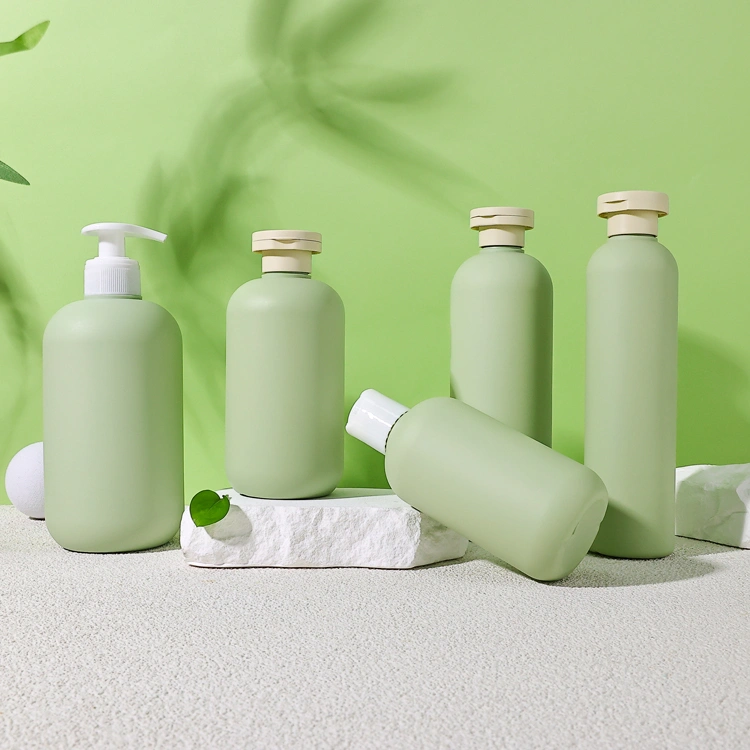


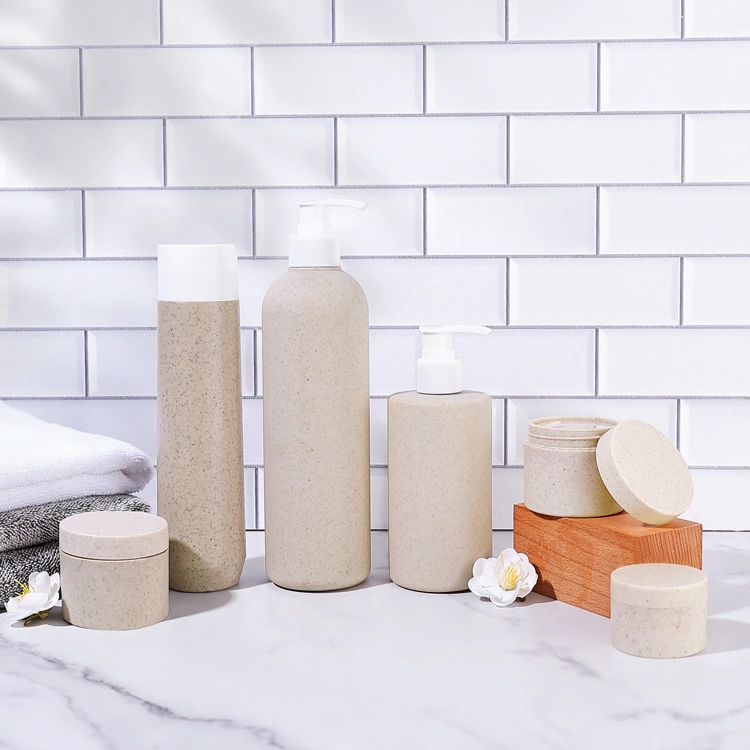
Advantages of Choosing Biodegradable Packaging
Biodegradable packaging enables cosmetics brands to reduce environmental impact, enhance their premium value, and attract eco-conscious consumers. While usually more expensive than conventional options, it naturally decomposes, aligning with market and regulatory trends for sustainability and helping brands stand out as leaders in responsible beauty.
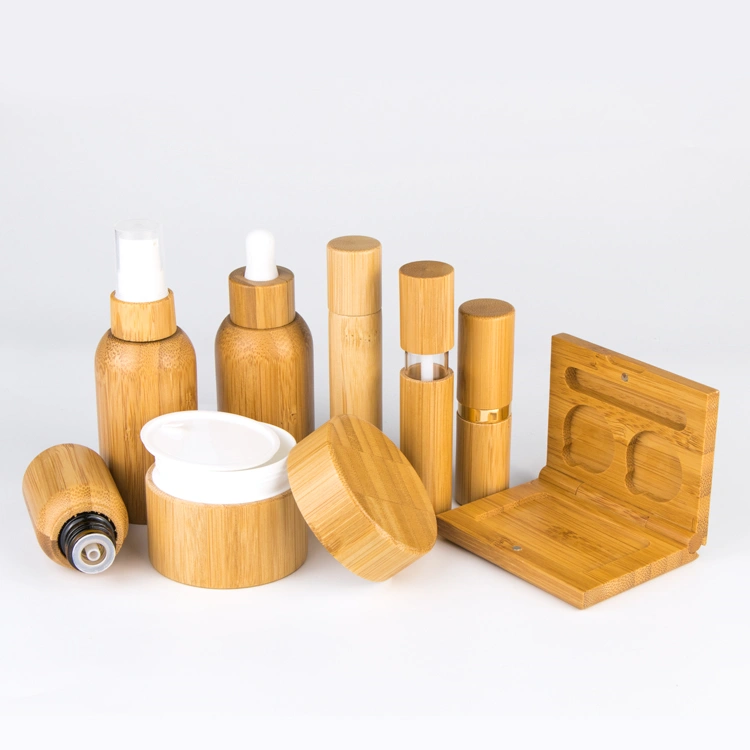
• Biodegradable packaging is typically more expensive than traditional materials, reflecting its premium and future-oriented value.
Opting for biodegradable materials such as bamboo, or compostable plant-based plastics generally involves a higher initial cost due to specialized sourcing, manufacturing methods, and lower economies of scale compared to conventional plastics. However, this investment showcases a brand’s dedication to environmental responsibility and innovation. Consumers are increasingly willing to pay a premium for sustainable beauty and personal care products, making the higher upfront costs a meaningful differentiator in the marketplace.
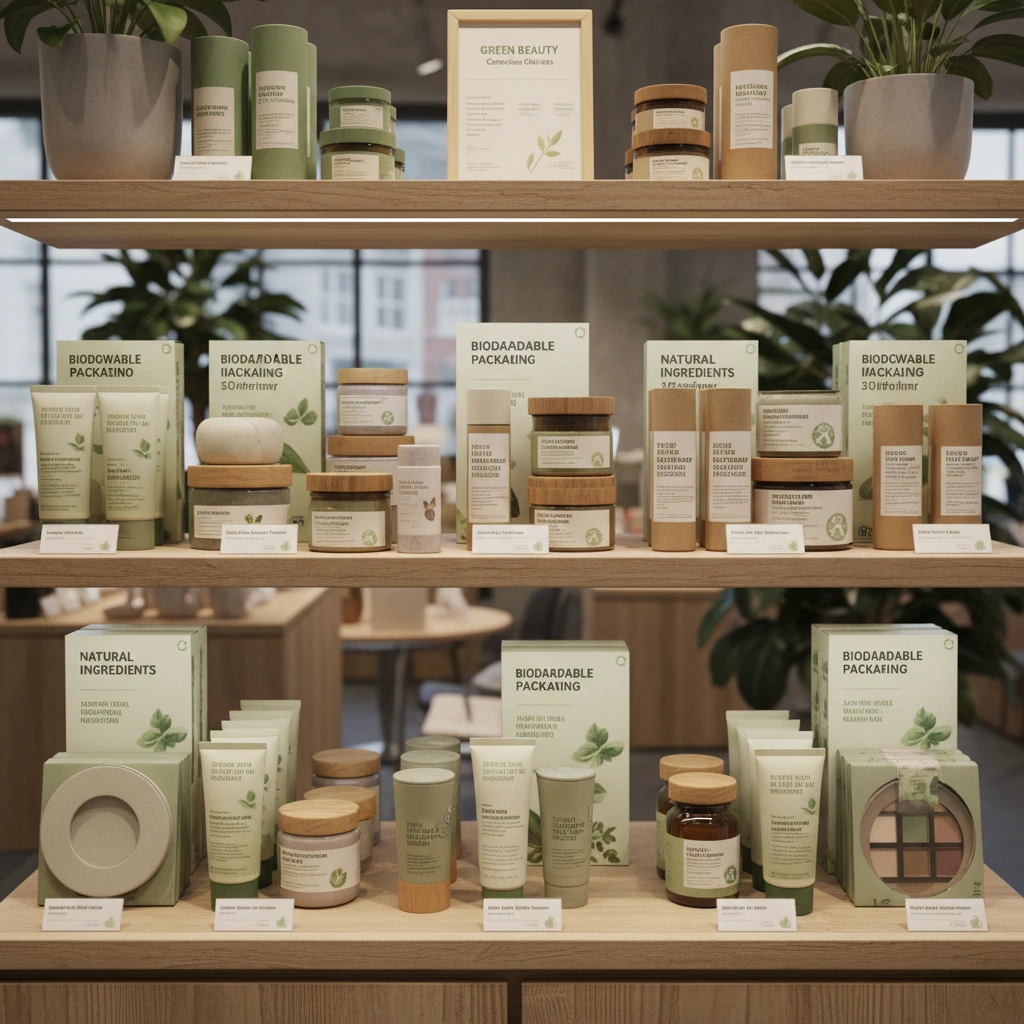
• Demand for biodegradable packaging is growing rapidly due to increasing consumer environmental awareness and regulatory pressure.
More consumers now expect brands to address the full environmental impact of their packaging—not only ingredients, but also how containers are made and disposed of. New regulations are also pushing companies away from single-use plastics and toward compostable, biodegradable, or recyclable materials. This shift is accelerating innovation and adoption rates industry-wide, with market leaders gaining recognition for implementing greener solutions early.
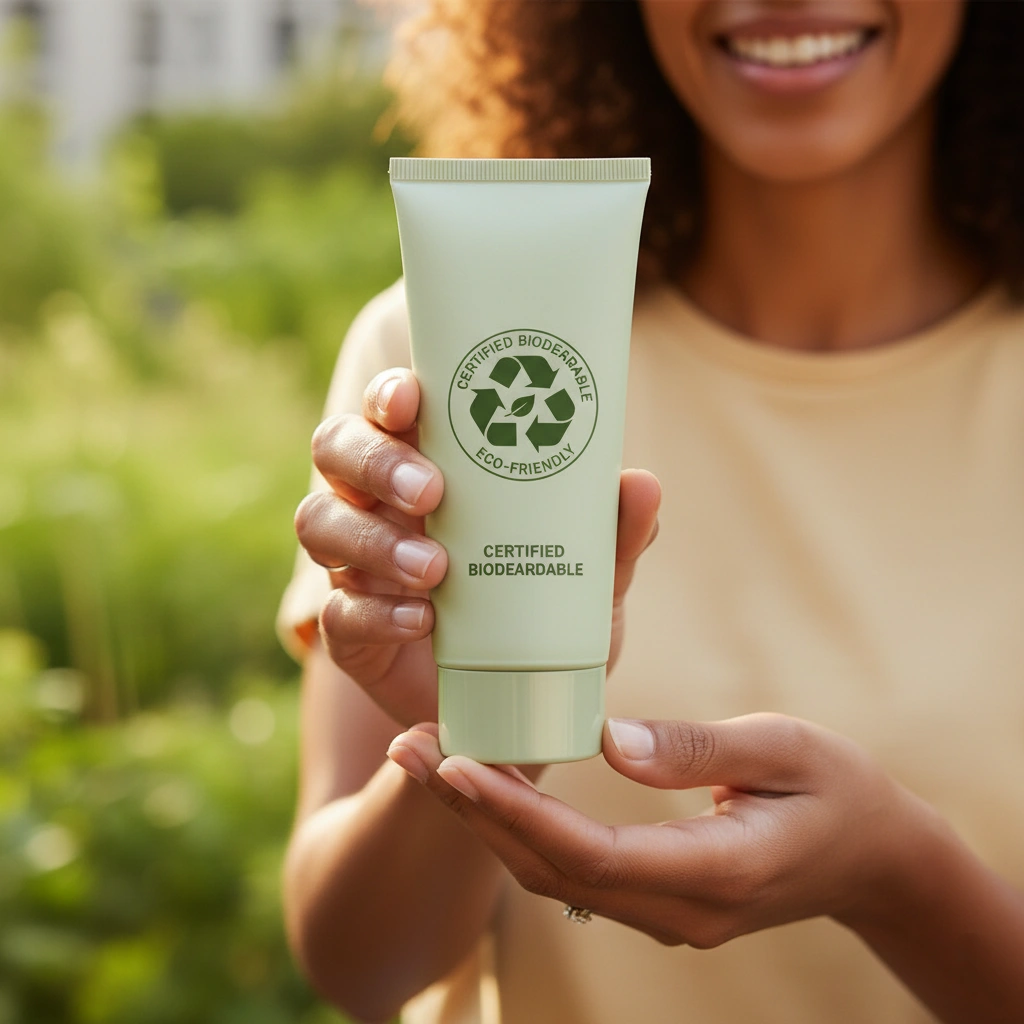
• Investing now allows brands to stay ahead of the curve and attract environmentally conscious consumers.
Brands adopting biodegradable packaging ahead of competitors position themselves as industry leaders—appealing strongly to eco-conscious and younger demographics. Early investment not only future-proofs businesses against changing regulations but also builds long-term loyalty and trust among a fast-growing segment of environmentally driven customers. This proactive approach can lead to greater brand differentiation and a reputation as a forward-thinking, responsible company.
From Earth.
To Earth.
For biodegradable packaging that truly vanishes—leaving no trace behind.

FAQs: Biodegradable Cosmetic Packaging
What is biodegradable cosmetic packaging made from?
Biodegradable cosmetic packaging is usually made from plant-based plastics, paper, bamboo, and compostable materials, all designed to break down naturally after use.
Does it perform as well as traditional packaging?
Most biodegradable options provide the same protection and durability as traditional packaging, but may show small variations in color or texture due to their recycled nature.
Is biodegradable packaging safe for cosmetic products?
Yes, reputable biodegradable packaging is tested for safety and compatibility with cosmetic formulas, ensuring products stay protected from contamination or leaks.
How should consumers dispose of biodegradable packaging?
Such packaging can be composted or recycled, depending on local facilities; always check disposal instructions on the packaging to maximize environmental benefit.
Does biodegradable packaging meet legal and sustainability standards?
Leading options are designed to meet global standards, future regulations, and brand sustainability goals, making them ideal for eco-conscious companies.


